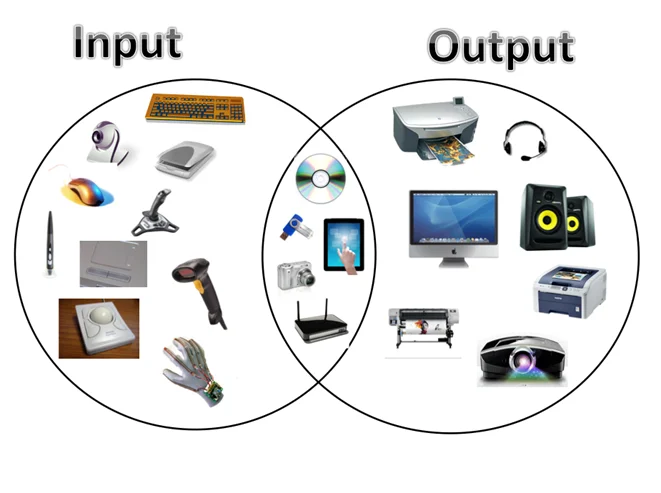Computer and its Components
A computer is a machine that can be instructed to carry out sequences of arithmetic or logical operations automatically via computer programming.


The motherboard is at the center of what makes a PC work. It houses the CPU and is a hub that all other hardware runs through.
The motherboard acts as a brain; allocating power where it’s needed, communicating with and coordinating across all other components – making it one of the most important pieces of hardware in a computer. When choosing a motherboard, it’s important to check what hardware ports the motherboard supplies. It’s vital to check how many USB ports.

The CPU (Central Processing Unit or processor) is responsible for processing all information from programs run by your computer. The ‘clock speed’, or the speed at which the processor processes information, is measured in gigahertz (GHz).

Random Access Memory, or RAM, is hardware found in the memory slots of the motherboard. The role of RAM is to temporarily store on-the-fly information created by programs and to do so in a way that makes this data immediately accessible.

The hard drive is a storage device responsible for storing permanent and temporary data.
There are two different types of storage devices: the traditional hard disk drive (HDD) and the newer solid state drives (SSD). Hard disk drives work by writing binary data onto spinning magnetic disks called platters that rotate at high speeds, while a solid-state drive stores data by using static flash memory chips.

Especially important for 3D rendering, the GPU does exactly what its name suggests and processes huge batches of graphic data. You will find that your computer’s graphics card has at least one GPU. As opposed to the basic on-board graphic capabilities that PC motherboards supply, dedicated graphics cards interface with the motherboard via an expansion slot to work almost exclusively on graphic rendering.

A power supply unit, commonly abbreviated as PSU, does more than just supply your computer with power. It is the point where power enters your system from an external power source and is then allocated by the motherboard to individual component hardware. Not all power supplies are made equally however, and without the right wattage PSU your system will fail to work.


- Input
- Keyboard
- Mouse
- Microphone
- Barcode reader
- Graphics tablet
- Output
- Monitor
- Printer
- Speaker
